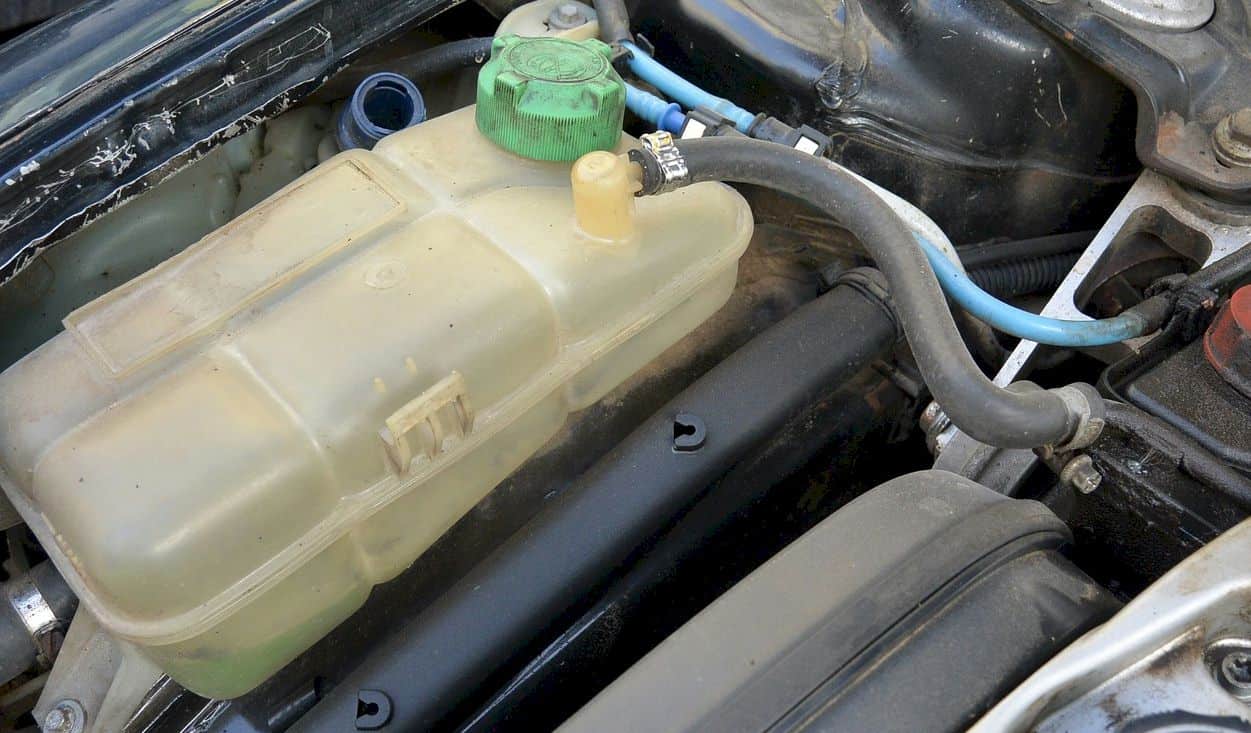
While a quick trip to the repair shop to drop off your vehicle is probably fine, we wouldn’t recommend anything else. If there’s coolant in your oil, the first thing you need to do is stop driving your vehicle. Not only does this friction create heat, but it also causes them to wear out quicker. This means there will be more friction between parts. Moreover, even if you’re keeping the engine from overheating, coolant doesn’t have the same lubricating properties as engine oil. That’s a major problem for many reasons, and if you ignore it for too long it can lead to severe engine damage. Not only does it mean that there’s a blown head gasket in your vehicle, but coolant doesn’t work anything like oil.īecause of this, one of the first signs of damage from coolant in the oil is an engine that overheats. If there’s coolant in your it’s not a problem you’ll want to ignore. If there’s coolant in your oil, your vehicle has a blown head gasket.


In fact, the chance is so high that when most mechanics see this problem they don’t even look for anything else. If you have coolant in your oil there’s a 99.9 percent chance that you have a blown head gasket. While some guides try to tell you a dozen different reasons there might be coolant in your oil, we’ll keep it simple for you here. Otherwise, you’ll have to re-accomplish the entire oil change when you replace the head gasket. If you notice a milky or creamy color from the oil or a sweet scent as you drain the oil we highly recommend replacing the head gasket before completing the oil change. This is also something you can check when you’re changing the oil. So, if you can pick up a sweet smell from the oil and there’s coolant missing from the reservoir, there’s a decent chance there’s coolant mixing into the oil. Not only that, but if it’s already a milky color there’s a lot of oil in the coolant. First, if the oil appears a milky color, this is a tell-tale sign that there’s oil in the coolant. When you’re looking at the dipstick, there are a few things you’re looking for. If you look for an external leak and don’t see anything, one of the next places you should check is the dipstick. If you do, that means the oil is going somewhere. Coolant is a sealed system, so you shouldn’t need to keep topping it off. The first sign many people notice when there’s oil in the coolant is that there’s not enough coolant in the coolant reservoir. Unfortunately, this problem is more likely to happen when you drive your vehicle for a while, so there’s no telling where it can leave you stranded. Unfortunately, this happens because the coolant doesn’t dissipate heat from the engine in the same way oil does. But that’s why it’s important to know a few warning signs and what to look for when you’re checking out the oil.īy far the most obvious warning sign of coolant in your engine is an overheating engine.

Unless you’re in the habit of constantly looking at your dipstick, you might not even notice that there is coolant in your oil for a little while. Fill Up Fluids How You Find Coolant in the Oil


 0 kommentar(er)
0 kommentar(er)
